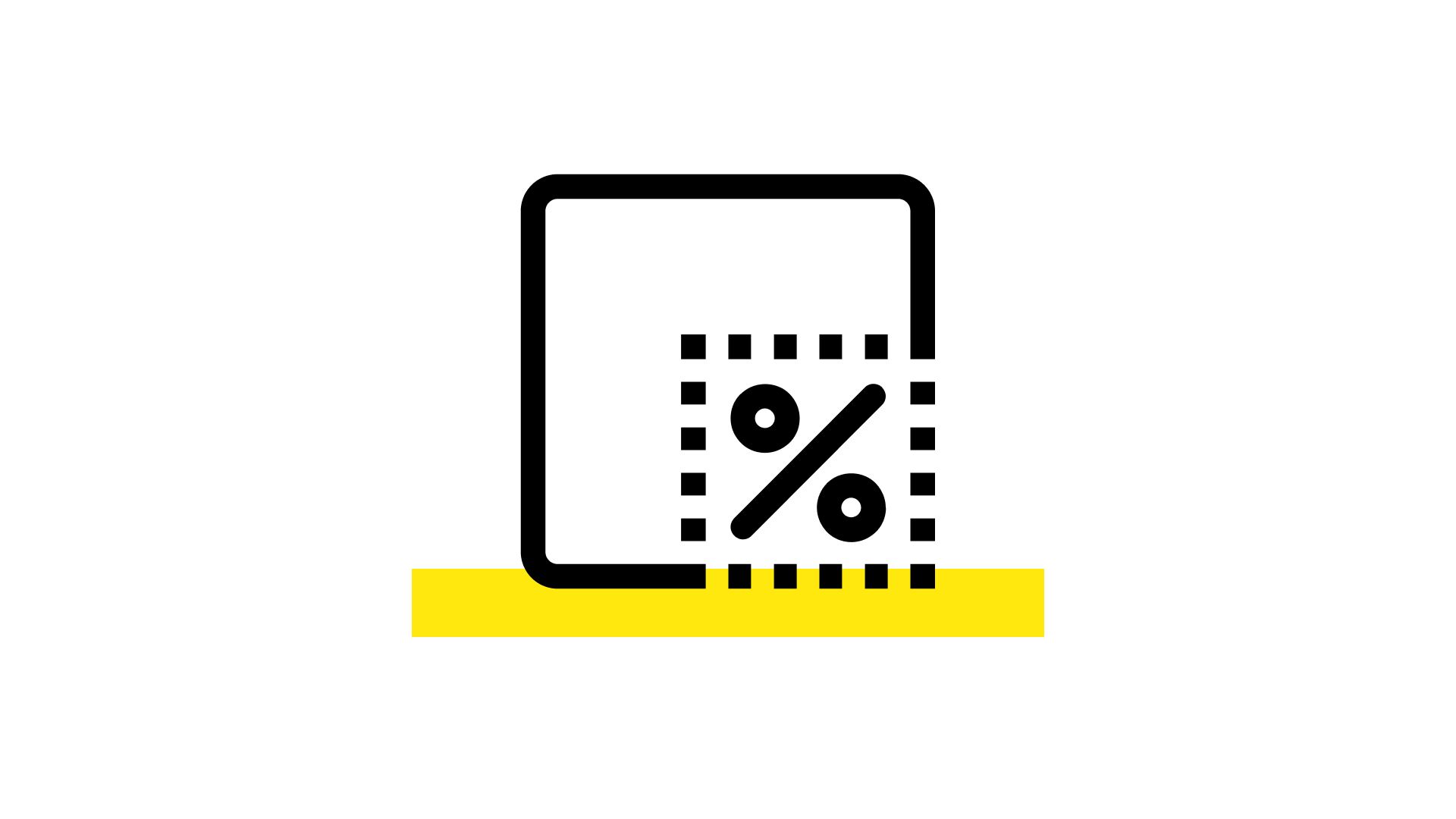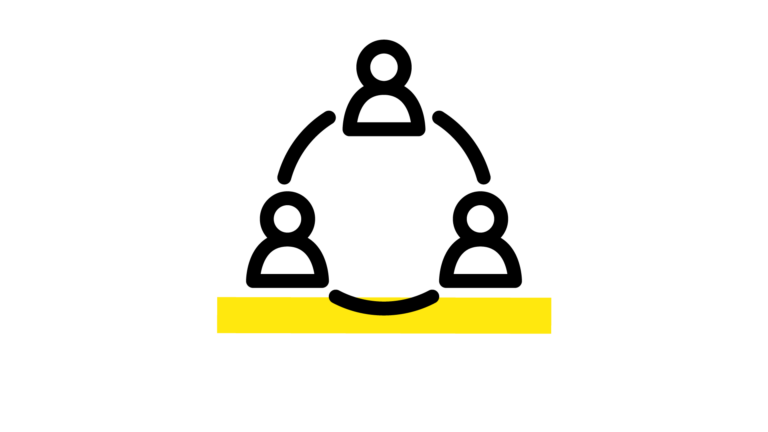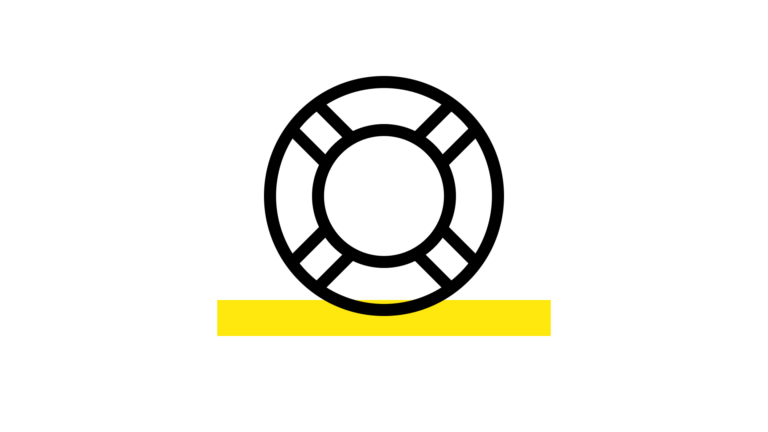What is a SSAS pension?
A Small Self-Administered Scheme (SSAS) is a type of occupational pension available to limited companies or partnerships in the UK.
A SSAS pension is taken out and managed independently by company directors (who have control over how the fund is invested) to fund their retirement. One common choice for using the SSAS is investing in commercial property (such as their own office), though there are many other options available. The benefits of an SSAS can be provided to not only directors, but senior staff, and sometimes family members, too.
The number of members in an SSAS is limited to eleven, making their use more common in family-run businesses.
An SSAS must be registered with HMRC and gets all the usual tax reliefs, including tax-deductible contributions, no income tax charge on allowable investments, no Capital Gains Tax on disposal of investments, a tax-free lump sum on retirement, and tax-free death benefits as a pension or a lump sum on death before age 75.








